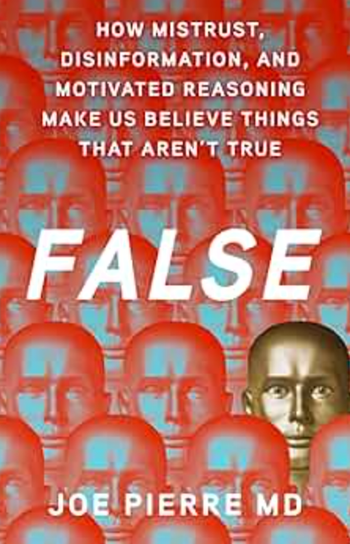
Malpractice and Liability in Psychiatry
What do you do if you get sued? This new book provides a guide, with a comprehensive view of malpractice and liability issues across psychiatry.
BOOK REVIEW
Edited by Peter Ash, MD, DLFAPA; Richard L. Frierson, MD, DFAPA; and Susan Hatters-Friedman, MD, DFAPA
Springer, 2022
316 pages
Reviewed by Renee Binder, MD
Throughout my career as a forensic psychiatrist, I have had colleagues ask me for advice and support when they received a notice that they were being sued for malpractice. I often tell them that there are 2 types of psychiatrists: those who have been sued and those who will be sued. I now have a helpful resource for them to read: this outstanding book, Malpractice and Liability in Psychiatry. This book was edited by 3 renowned forensic psychiatrists who have been involved as experts and consultants in malpractice cases: Peter Ash, MD, DLFAPA; Richard L. Frierson, MD, DFAPA; and Susan Hatters-Friedman, MD, DFAPA. These psychiatrists also each contribute chapters to the book.
Although one of the greatest worries of practicing psychiatrists is the risk of a malpractice lawsuit or having patients file complaints against them, there is surprisingly little guidance in the literature about liability prevention and what psychiatrists should do if they are actually sued. This book addresses those issues.
Malpractice and Liability in Psychiatry is divided into 5 sections. The first section deals with malpractice law, including chapters on the history of malpractice litigation and professional liability insurance. The second section deals with litigation issue, including a chapter addressing the “dos and don’ts” following adverse events, a chapter written by a plaintiff’s attorney, and a chapter written by defense attorneys. In this section, there is also a superb chapter by Dr. Jeffrey Metzner, MD, and Michael Gendel, MD, called “The Stress of Being Sued.”
The third section deals with malpractice allegations that address the most common causes of action in malpractice suits, including suicide, violence, and boundary violations. The fourth section addresses different practice areas such as inpatient, outpatient, and correctional settings. The fifth section addresses special topics such as telepsychiatry, medical board complaints, and ethics complaints, including an excellent chapter by Alan Newman, MD, about negative reviews on the internet.
The book is well-organized and has a list of key points at the end of each chapter summarizing the essential knowledge outlined within each chapter.
The book strives to provide a comprehensive view of malpractice and liability issues across the field of psychiatry. Many chapters also function as “how not-to guides” for a variety of practice areas with tips on how to minimize the likelihood of being sued.
Malpractice and Liability in Psychiatry will be a valuable resource for all psychiatrists—both those who have been sued and those who have not yet been sued.
Dr Binder is a professor of psychiatry and director of the psychiatry and law program at the University of California, San Francisco. She is past president of the American Psychiatric Association and the American Academy of Psychiatry and the Law.
Newsletter
Receive trusted psychiatric news, expert analysis, and clinical insights — subscribe today to support your practice and your patients.















